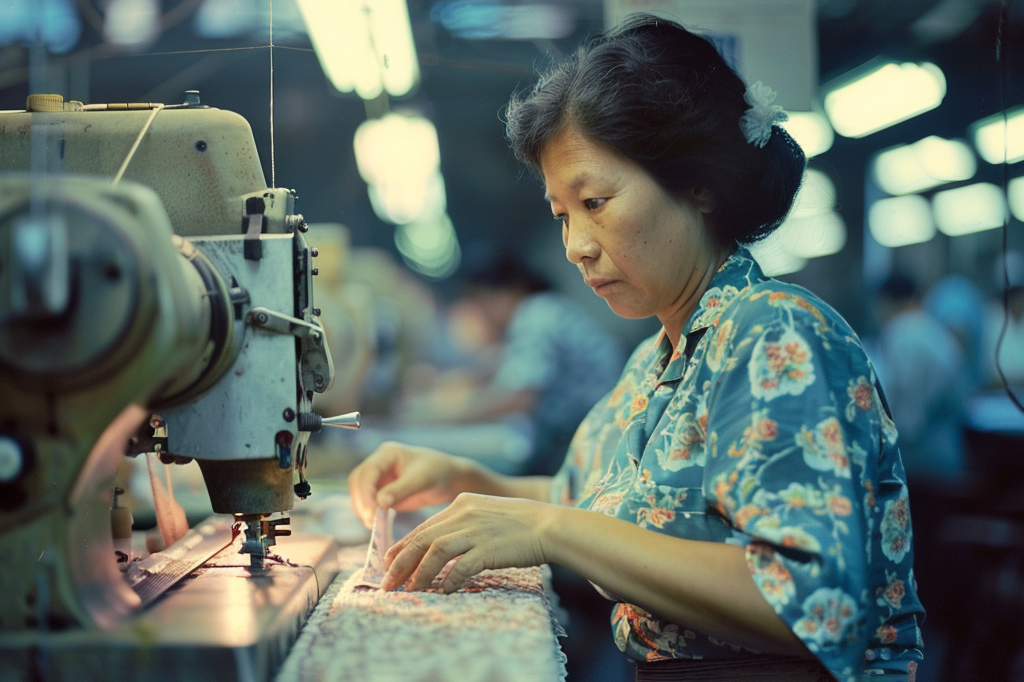Air pollution is divided into gaseous pollutants and particulate pollutants
Do you think air pollution is PM2.5? This article allows you to understand the whole picture in three minutes.

It can be seen from the above that air protection is divided into many levels. Different protections are required for different situations. For example, pure gas pollutants require protective gear such as gas masks. Among particulate matter contaminants, it is worth mentioning that if you want to protect against oil gases, you need to wear a P95 or R95 mask.
In addition, some combustion substances are both gas and particulate, such as dioxin and polycyclic aromatic hydrocarbons. If you want complete protection, you also need a gas mask level. Even in trace amounts, wearing a non-oil particle mask (EX: N95, effective anti-PM2.5 mask) can also effectively reduce the carcinogenic percentage.
What air pollutants do people in cities often encounter?

Metropolitan areas have a higher proportion of pollutants emitted from traffic (cars, motorcycles, diesel trucks). Common ones include: combustion carbon particles, nitrates (compounds that act on NOx and UV), VOCs, carbon monoxide, polycyclic aromatic hydrocarbons (tetraethyl lead in high-grade gasoline used to maintain octane and allow the engine to run smoothly, but lead emissions The amount was too high and was criticized. Later, 92, 95, and 98 unleaded gasoline was added with polycyclic aromatic hydrocarbons as anti-seismic agents, but it still could not avoid causing harm to humans)
Generally speaking, people in metropolitan areas are on the right track to prevent non-oily particulate pollutants .
PS. If you want to protect yourself from VOC (volatile organic compounds), you can wear an activated carbon mask and use the chemical properties of activated carbon to absorb VOC. But remember that once the activated carbon mask is opened (or stored for too long), the activity inside it will decrease over time. Therefore, it is necessary to refer to the recommendations of each brand of activated carbon for replacement. (Generally speaking, it needs to be replaced 4 to 8 hours after opening, regardless of whether it is worn or not.)
Generally speaking, people in metropolitan areas are on the right track to prevent non-oily particulate pollutants .
PS. If you want to protect yourself from VOC (volatile organic compounds), you can wear an activated carbon mask and use the chemical properties of activated carbon to absorb VOC. But remember that once the activated carbon mask is opened (or stored for too long), the activity inside it will decrease over time. Therefore, it is necessary to refer to the recommendations of each brand of activated carbon for replacement. (Generally speaking, it needs to be replaced 4 to 8 hours after opening, regardless of whether it is worn or not.)
What air pollutants do people living near industrial areas commonly encounter?

Pollutants emitted from factory chimneys include sulfur oxides (SOx), nitrogen oxides (NOx), carbon monoxide and particulate pollutants: combustion carbon particles, sulfuric acid, nitrates (acid mist), heavy metal particles, VOCs, polycyclic aromatic hydrocarbons , Dioxin and so on. (Refineries with different attributes have different pollutants)
in conclusion:
- To protect against air pollution, the first step is to identify the pollutants you want to protect and then choose the correct protective gear.
- For urban commuters, it is correct to choose particulate pollutants (non-oily) as the first step, but you must still remember that vehicle exhaust contains some oil fumes. It would be better if you can choose P95/R95 instead of N95.
- The hidden air pollution in industrial areas is much more terrible than in urban areas, and it is not something that ordinary people can prevent. Instead of doing protection, it is more feasible to suggest moving away from the industrial area.
- The function of activated carbon is to use chemical properties to remove VOC (gas pollutants). Its pores are large and cannot isolate PM2.5 (granular pollutants).
References:
Executive Yuan Environmental Protection Agency - http://ivy5.epa.gov.tw/epalaw/search/LordiDispFull.aspx?ltype=04&lname=0020


